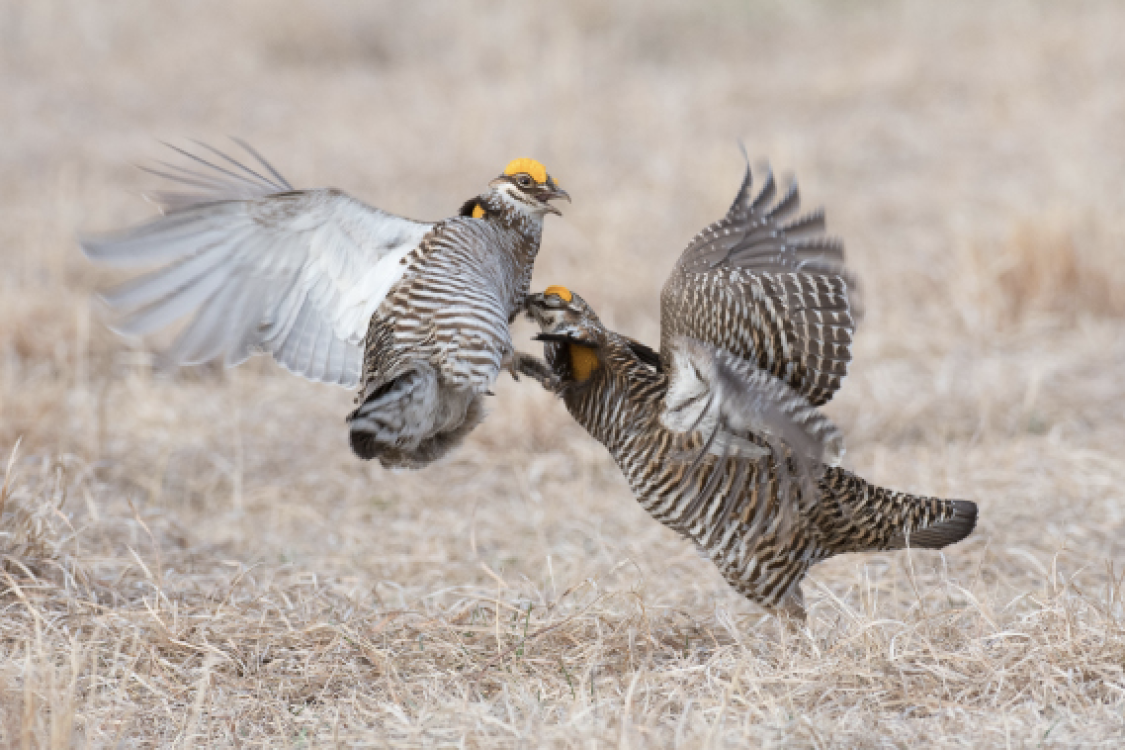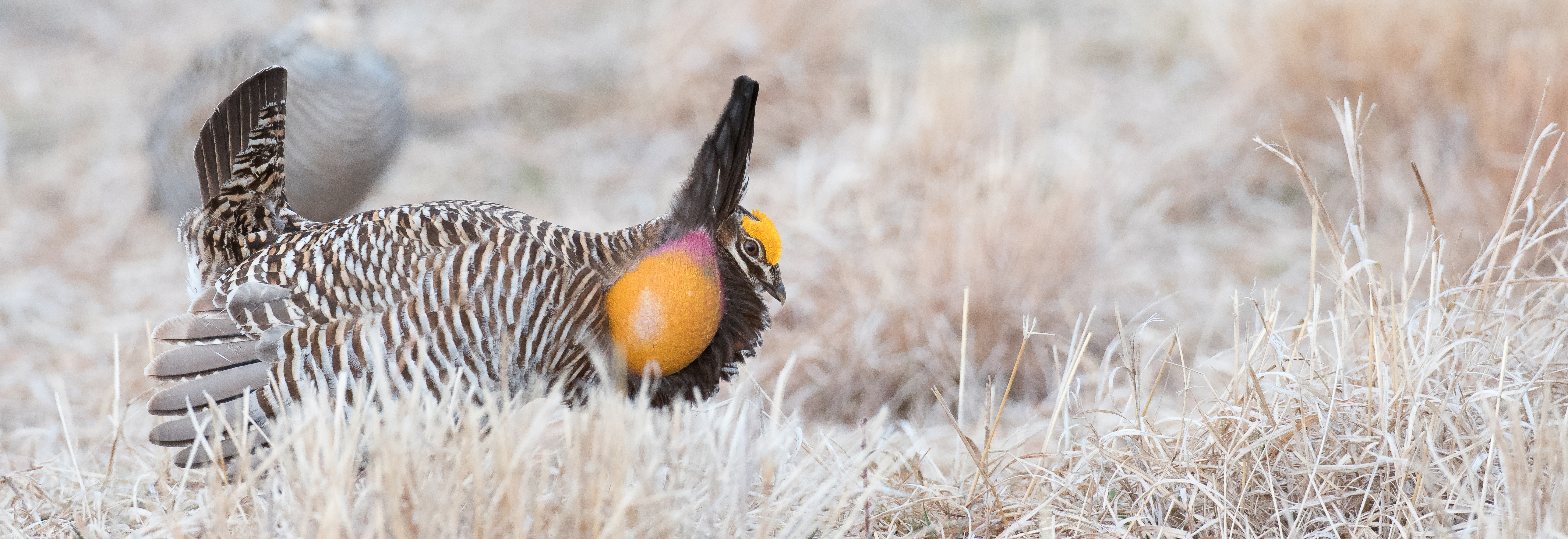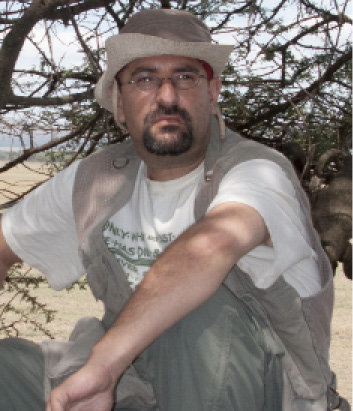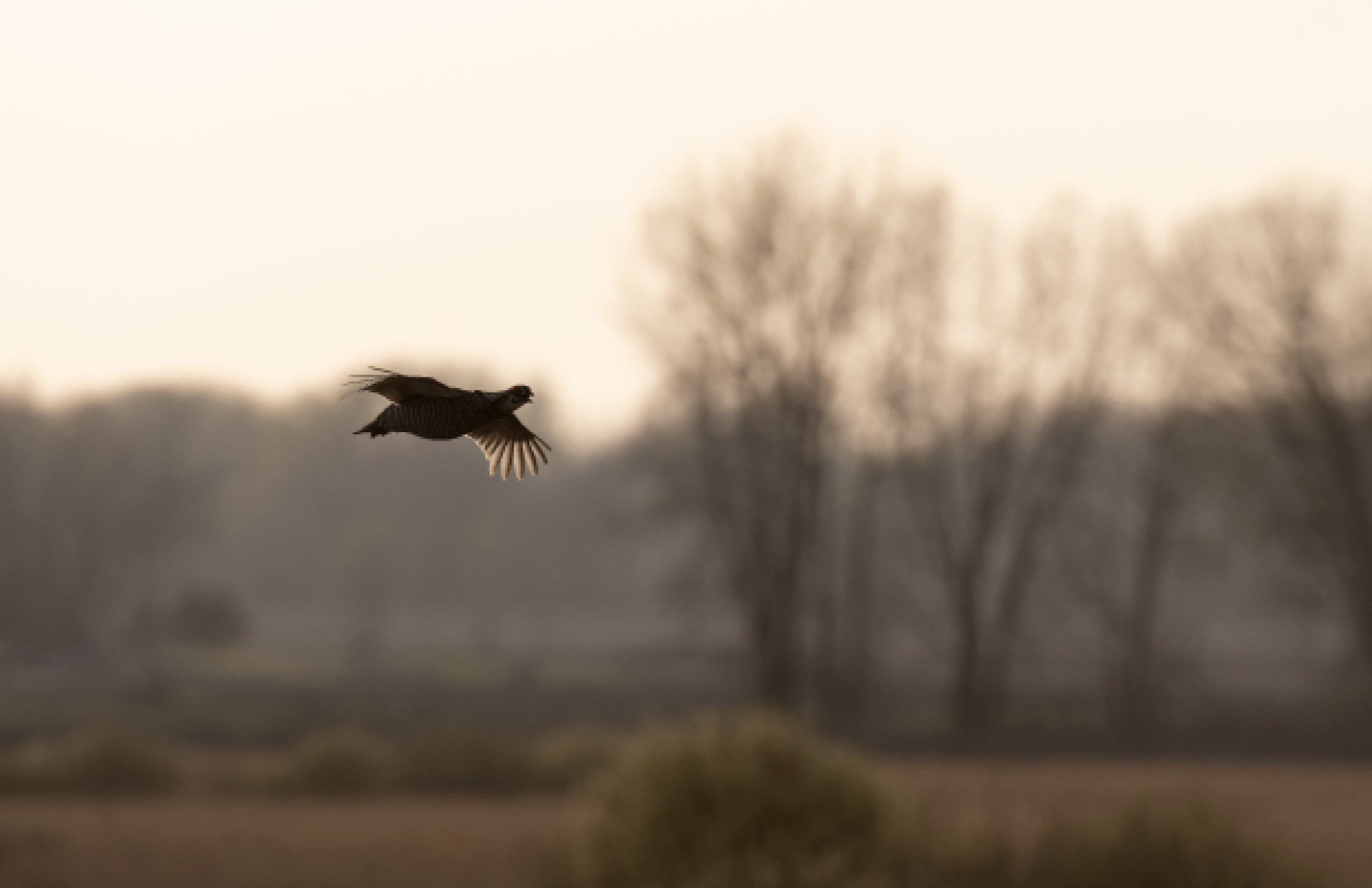

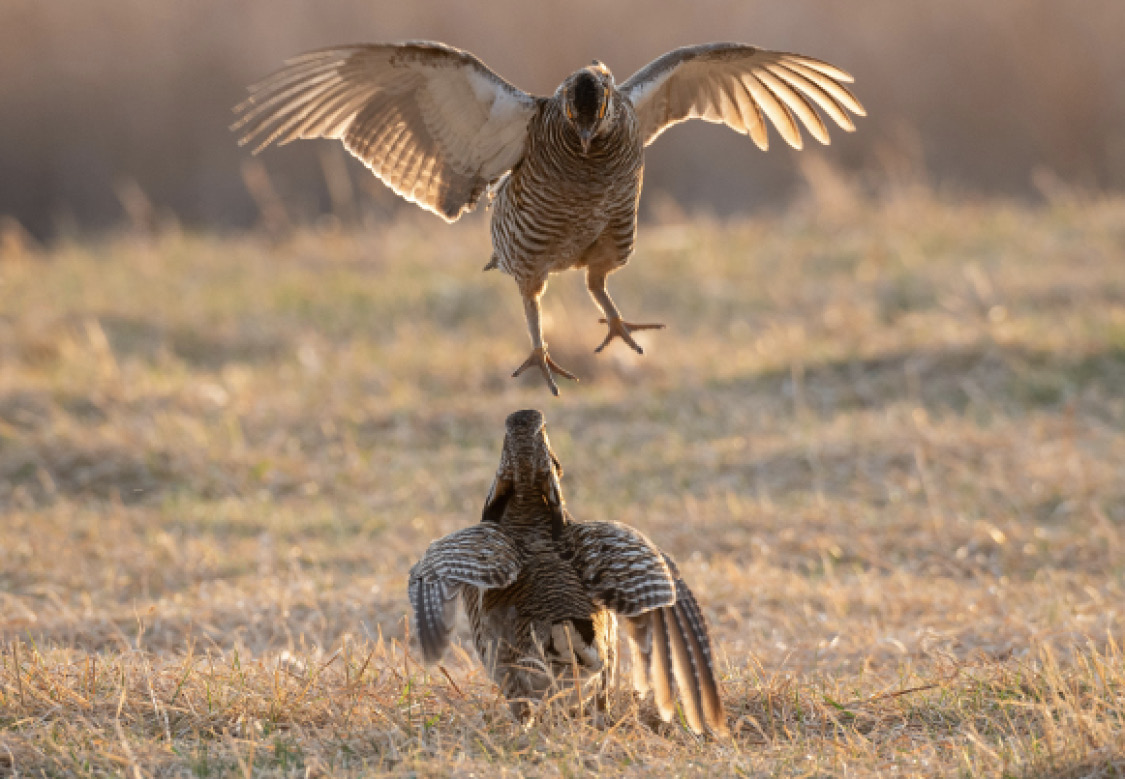
Once widespread in oak savanna and tall grass prairie habitats in the Midwest, the greater prairie chicken has become rare due to the destruction of these habitats in favor of agriculture.
Wildlife conservationists are working to ensure that remaining populations are protected, sustained and rehabilitated. One creative approach to conservation, which has the virtue of raising both awareness and funds, is holding Prairie Chicken Festivals. In the words of promotional materials for the Nebraska Prairie Chicken Festival—one of many such festivals taking place across the prairie region—the aim is “to celebrate [prairie chickens], the grasslands they inhabit and the culture that surrounds them.”
The Festivals all take place in the spring so that visitors can view the prairie chickens’ famous mating ritual, called “booming.” The breeding season usually lasts from late March through April. During this time the males establish booming sites where they remain for almost two months to display for the females.
Greater prairie chickens do not migrate. They are territorial birds and often defend their booming grounds, as seen in Bruce Leventhal’s striking photographs. Their displays consist of inflating air sacs located on the sides of their neck and snapping their tails. After mating has taken place, the females move about one mile from the booming grounds to build their nests.
Despite the many challenges these birds face, their beauty and grace attracts everyone from environmental tourists to local families and adventure seekers. Leventhal’s photographs capture the haunting majesty and perseverance that these birds represent; they capture hope and an eerie promise that—as the sun continues to rise and set—the prairie chickens will continue their own strange ritual display.
—Ilana Cohen
